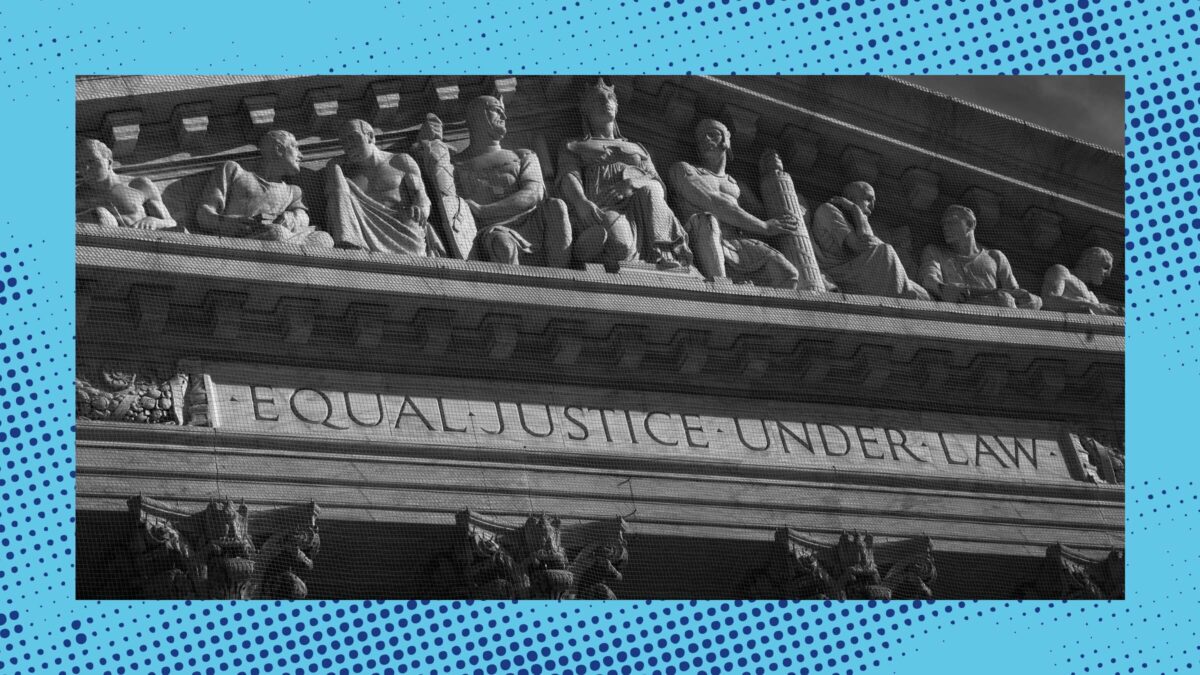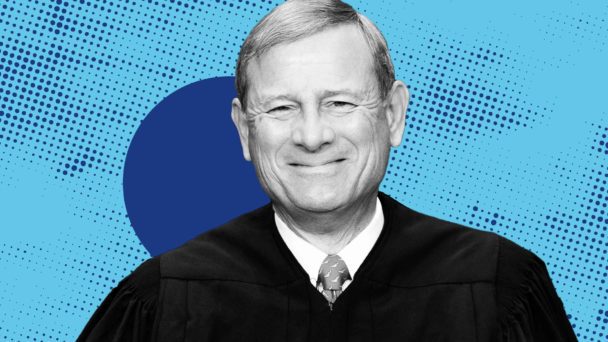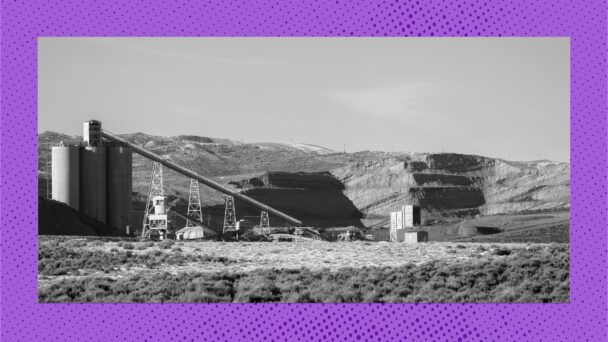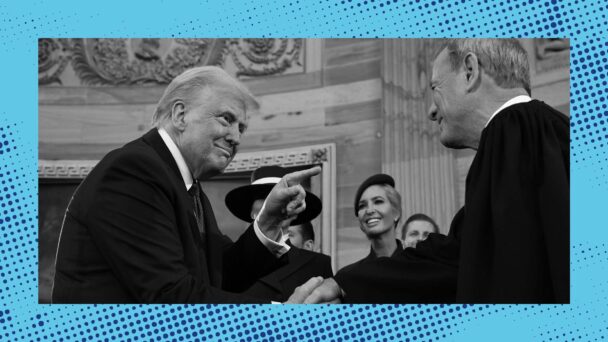Each Supreme Court term tends to be defined by a handful of high-profile rulings on the nation’s most divisive legal and cultural issues. This term was no different: decisions about gun control, trans health care, LGBTQ-inclusive education, and yet another challenge to the Affordable Care Act dominated headlines and end-of-term recaps.
Equally consequential—yet largely ignored—are the Court’s rulings on procedural issues. Technical-sounding opinions on standing, venue, and jurisdiction rarely trend on social media, but quietly transform the structure of the legal system. Through these decisions, the Court determines who gets access to justice, who gets shut out, and who ultimately holds power.
Two cases decided this past summer—Diamond Alternative Energy v. Environmental Protection Agency and Food and Drug Administration v. R.J. Reynolds Vapor Company—offer clear examples of this dynamic. On the surface, these cases appear to turn on technical procedural questions. But they signal a deeper shift: The Court continues to lower barriers to the justice system for powerful, well-funded litigants, while maintaining those same barriers for individuals seeking to defend their civil rights, communities trying to combat voter suppression, and public interest organizations fighting for systemic change. The result is a legal system structured to protect the interests of big industry and corporations, while workers, consumers, and vulnerable communities face hurdles that only grow more daunting.
In Diamond Alternative Energy v. EPA, a group of petrochemical companies and producers of gasoline and ethanol challenged California state regulations, approved by the EPA, that required automakers to limit greenhouse gas emissions by, in part, requiring that a certain percentage of vehicles produced between 2017 and 2025 be electric. However, the question before the Court had nothing to do with the constitutionality of the regulations, or even the authority of California or the EPA to impose them under the Clean Air Act. The question for the justices was more basic: Did the fuel producers have the right to bring their lawsuit in the first place?
To get into federal court, plaintiffs must show that they’ve been harmed in a real and specific way, and that the court can do something to address that harm—a threshold requirement called standing. In their attempt to show standing, the fuel producers sued in a federal district court in Washington, D.C., where the EPA’s headquarters are located. There, they argued that the EPA’s cleaner car standards would reduce demand for gasoline and harm their profits.
But the D.C. Circuit Court of Appeals unanimously rejected their argument. In doing so, the court explained that the producers’ purported injuries “hinge[] on the actions of third parties—the automobile manufacturers” who were actually subject to the EPA regulations. In other words, the alleged harm wasn’t tied to anything the fuel producers themselves were doing, but instead rested entirely on how other companies—car manufacturers—might respond to the regulations. The D.C. Circuit decided that this kind of indirect, uncertain chain of events was not enough to show standing, and that the fuel producers could therefore not bring their lawsuit.
In a 7–2 decision, however, the Supreme Court reversed. Writing for the majority, Justice Brett Kavanaugh concluded that the fuel producers’ theory of harm was grounded in “commonsense economic principles,” and that they would suffer a “monetary injury” sufficient to give them standing. Although the Court framed the decision as procedural, it carries significant substantive consequences: As Justice Ketanji Brown Jackson noted in dissent, the Court’s choice to intervene in a case likely to become moot, given the Trump administration’s expected repeal of the regulation at issue, “will no doubt aid future attempts by the fuel industry to attack the Clean Air Act.”
In treating speculative losses as sufficient to establish standing, the Court privileges economic harms that corporations are uniquely positioned to claim—leaving public interest litigants, whose injuries are often less quantifiable, at a disadvantage. By (further) lowering the bar for corporate plaintiffs, the Court is empowering well-funded industries to continue to weaponize the courts against environmental, consumer, and public health protections. Jackson flagged this in her dissent, warning that the decision reinforced “an unfortunate perception that moneyed interests enjoy an easier road to relief in this Court than ordinary citizens.” This is not just a critique of this ruling, but a broader indictment of the Court’s claim to impartiality. When the Court sets boundaries around the legal system, it is not merely deciding cases; it is deciding whose interests the legal system ultimately serves.
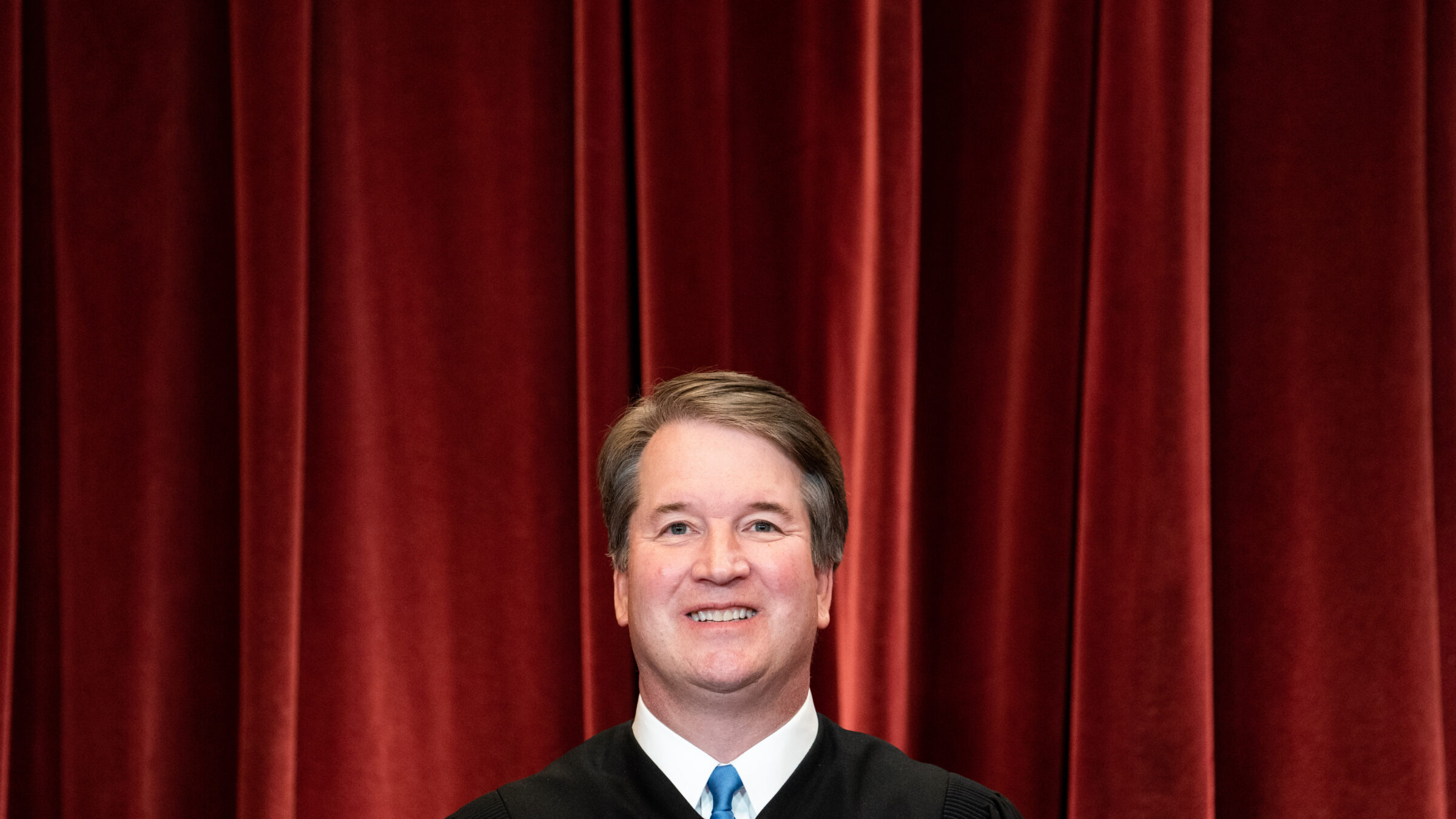
(Photo by Erin Schaff-Pool/Getty Images)
Diamond was about who can sue. FDA v. R.J. Reynolds is about venue—about where corporations get to bring their lawsuits, and which judges hear them. R.J. Reynolds, one of the country’s largest tobacco companies, wanted to sell flavored e-cigarettes. To do this, it had to submit an application to the Food and Drug Administration, proving, among other things, “that its product would help—not hurt—public health.”
Unfortunately for R.J. Reynolds, the FDA denied its application. Under the Tobacco Control Act, the process to appeal this denial required R.J. Reynolds to file a lawsuit in the D.C. Circuit Court of Appeals, or the circuit where the company is headquartered—which, for R.J. Reynolds, is the Fourth Circuit.
But there was a problem for R.J. Reynolds: Both the Fourth Circuit and the D.C. Circuit had already rejected similar appeals, making those courts unfavorable venues for their case. So, the company tried to take its case elsewhere: specifically, to the Fifth Circuit, an extremely conservative federal appeals court with a long record of protecting corporate interests. To get there, it added to its lawsuit a Texas vape retailer and a Mississippi trade association of retailers—neither of which had been involved in the original application process—as co-plaintiffs.
This is not how the Tobacco Control Act is supposed to work. When it passed the law, Congress created a detailed approval process that gives manufacturers—not retailers—the right to apply for permission to market new tobacco products. The FDA does not seek input from retailers, who have no procedural rights in the process, receive no notice when applications are filed or denied, and cannot participate in or challenge FDA decisions. Often, retailers don’t even know when an application exists—as Jackson put it, under the statutory scheme, tobacco retailers’ interests “are entirely beside the point [and] do not factor in at all.”
Yet in a 7–2 decision, the Supreme Court approved R.J. Reynolds’ maneuver. The majority opinion, authored by Justice Amy Coney Barrett, held that the vape company’s economic relationship to R.J. Reynolds gave them standing, which in turn gave R.J. Reynolds access to a different court than the one federal law required. In doing so, the Court’s majority invented a legal interest for parties that Congress deliberately excluded from the adjudication process.
As explained in her dissent, the holding ignores the legislature’s decision to restrict legal challenges to manufacturers, and to confine venue to specific courts. The majority’s decision to recognize a specific kind of economic relationship to justify adding unrelated co-plaintiffs and circumventing statutory venue rules is a strategy almost exclusively available to corporate litigants, who can replicate this approach to bring cases in ideologically sympathetic courts that favor their efforts to weaken or skirt agency regulations.
The late Representative John Dingell once said, “I’ll let you write the substance. You let me write the procedure, and I’ll screw you every time.” He understood what the Court’s recent rulings make plain: Procedure isn’t neutral. It’s power.
The Constitution doesn’t distinguish between plaintiffs based on wealth or influence—whether they are multinational corporations, public interest groups, or ordinary people seeking their day in court. But when courts use doctrines like standing and venue to aid corporations and exclude everyone else, they make distinctions that the legal system claims it does not. These cases may not require the justices to overturn precedent or resolve some big, dramatic constitutional question. But corporate power doesn’t need to be in the spotlight to win—it just needs more favorable rules, rewritten while no one’s watching.
